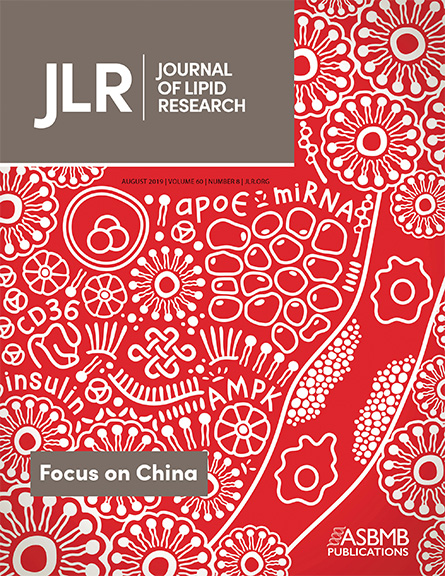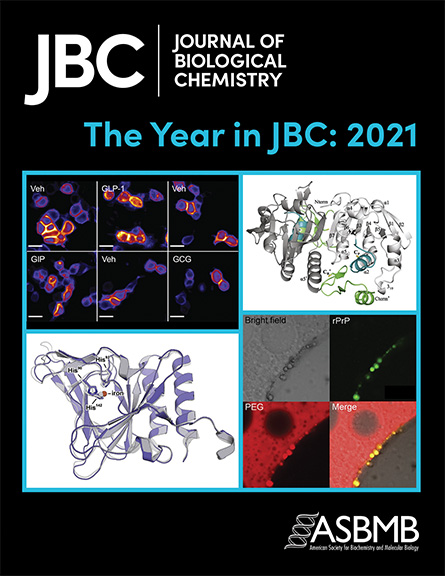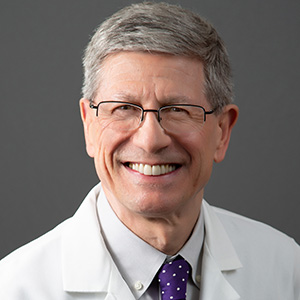A year of open access
It’s been just over a year since the journals published by the American Society for Biochemistry and Molecular Biology became fully open access. We asked the editors of the ASBMB’s journals how the transition has gone and what they’re planning for the future. Here’s what they told us.
A great year for JLR
By Nicholas O. Davidson and Kerry-Anne Rye
The move to open access in early 2021 went very smoothly thanks to the great work of ASBMB staff, our associate editors and our editorial board members.

Our seminal accomplishment in 2021 was the 32% increase in the journal impact factor to 5.922, the highest in a decade. Our associate editors and editorial board members have underpinned this terrific outcome by setting a high bar for article acceptance and reducing the average time to a first decision to just 14 days. Raising the journal impact factor and reducing the review time are two of our highest priorities, and we will continue to work on improving them even further in 2022.
We are delighted to note that two-thirds of the 20 most-cited articles were original research articles and perspectives. Compare this with the top 20 from the previous period, two-thirds of which were reviews. We interpret this shift to indicate that higher quality, original scientific research is the major driver of the improved impact factor. This is important because we want the journal to be seen as a destination for the best, most impactful original work in lipid research
In other positive developments, the amazing work of staff has given us the opportunity to establish a WeChat community in China. The staff also has assisted us in reaching out to leaders in lipid research in China through a special edition “Focus on China.”
We will continue to build links with the lipid research community in China in 2022 in acknowledgement of its emerging strengths in key lipid research areas. Authors from China accounted for 22% of submissions to the journal in 2020, and we predict continued growth in 2022 and beyond.
ASBMB staff also have coordinated our Twitter and social media presence, including four very popular Twitter takeovers by graduate students and postdoctoral fellows from across the globe.
In conclusion, 2021 was a landmark year for the journal, and we are grateful to the lipid research community for their continued support. We look forward to working with you all in 2022.
At JBC, can open science follow open access?
By Alex Toker
One of the reasons I agreed to become editor-in-chief of JBC was our collective decision to make the journal gold open access.

2021 was the right time to make the transition, given the ever-changing face of the publication industry, the implementation of Plan S and the requirement by many funding agencies that their sponsored research be published in open-access journals.
To achieve gold open access, we partnered with commercial publisher Elsevier; however, it is important to recognize that JBC remains, at its core, a journal “for scientists, run by scientists.” Full editorial control of all manuscripts remains with the editors at JBC. In addition, JBC is one of the few journals that performs data-integrity analysis on the papers it publishes.
But what does the future hold? The implementation of open access raises an equally important aspect of science publishing in 2021 and beyond: open science.
The open-science movement has gained significant traction over the past decade. The basic tenets are that manuscripts and primary data, both negative and positive, should be deposited in publicly accessible repositories, free to all.
At JBC, large data sets — such as proteomics, RNAseq, functional genomics and structural data — already must be deposited into one of many public repositories as a condition of manuscript acceptance. But current JBC policy states that all primary data should be made available by authors only upon request.
If the journal’s primary goal is to disseminate science and foster a community of scientists working in all areas of cell and molecular biology and biochemistry, and in my opinion that is its primary goal, then our associate editors and editorial board members must confront the ideals of open science and determine the steps for making them a reality.
I am looking forward to discussing these matters with the JBC community in 2022.
This was adapted from Toker’s first editorial as JBC’s top editor. Read it in full at jbc.org
Enjoy reading ASBMB Today?
Become a member to receive the print edition four times a year and the digital edition monthly.
Learn moreGet the latest from ASBMB Today
Enter your email address, and we’ll send you a weekly email with recent articles, interviews and more.
Latest in Opinions
Opinions highlights or most popular articles

Making my spicy brain work for me
Researcher Reid Blanchett reflects on her journey navigating mental health struggles through graduate school. She found a new path in bioinformatics, proving that science can be flexible, forgiving and full of second chances.

The tortoise wins: How slowing down saved my Ph.D.
Graduate student Amy Bounds reflects on how slowing down in the lab not only improved her relationship with work but also made her a more productive scientist.

How pediatric cataracts shaped my scientific journey
Undergraduate student Grace Jones shares how she transformed her childhood cataract diagnosis into a scientific purpose. She explores how biochemistry can bring a clearer vision to others, and how personal history can shape discovery.

Debugging my code and teaching with ChatGPT
AI tools like ChatGPT have changed the way an assistant professor teaches and does research. But, he asserts that real growth still comes from struggle, and educators must help students use AI wisely — as scaffolds, not shortcuts.

AI in the lab: The power of smarter questions
An assistant professor discusses AI's evolution from a buzzword to a trusted research partner. It helps streamline reviews, troubleshoot code, save time and spark ideas, but its success relies on combining AI with expertise and critical thinking.

How AlphaFold transformed my classroom into a research lab
A high school science teacher reflects on how AI-integrated technologies help her students ponder realistic research questions with hands-on learning.



